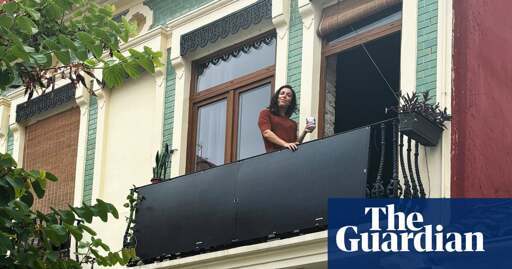Manufacturers say that installing a couple of 300-watt panels will give a saving of up to 30% on a typical household’s electricity bill. With an outlay of €400-800 and with no installation cost, the panels could pay for themselves within six years.
In Spain, where two thirds of the population live in apartments and installing panels on the roof requires the consent of a majority of the building’s residents, this DIY technology has obvious advantages.
With solar balconies, no such consent is required unless the facade is listed as of historic interest or there is a specific prohibition from the residents’ association or the local authority. Furthermore, as long as the installation does not exceed 800 watts it doesn’t require certification, which can cost from €100 to €400, depending on the area.
As with all solar power systems, balcony power only works in daylight and a battery storage system can add at least €1,000 to the installation cost.
Vernetta says the vertical surface area of cities is far greater than that of the roofs and that, in Spain, balcony panels benefit more than roof panels from the low winter sun.
Cities such as Helsinki are already experimenting with buildings with solar panel cladding.



To be clear, I’m only wanting to clarify because I already live off solar. As such, I find it important to provide the correct information about expected panel longevity in general … getting into the weeds about things like panel type and brand tend to make people’s eyes glaze over while already skeptics, which doesn’t sell a lot of people on the virtues.
The important takeaway is, yes, this is mature tech that continues to evolve. There’s going to be loss each year, as there will be with LFP, so both can de viewed as depreciating assets when ignoring the cost savings accrued over time; however, price trends with both technologies suggest (thus far) that picking up an extra 25% of capacity in 20 years is not only doable but will actually lower the lifetime kWh cost of the system.
The real ongoing cost by then is going to be a few inverters.